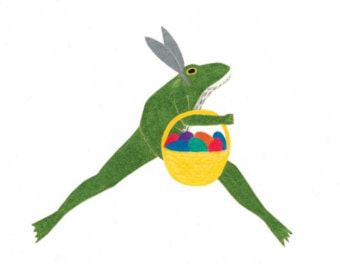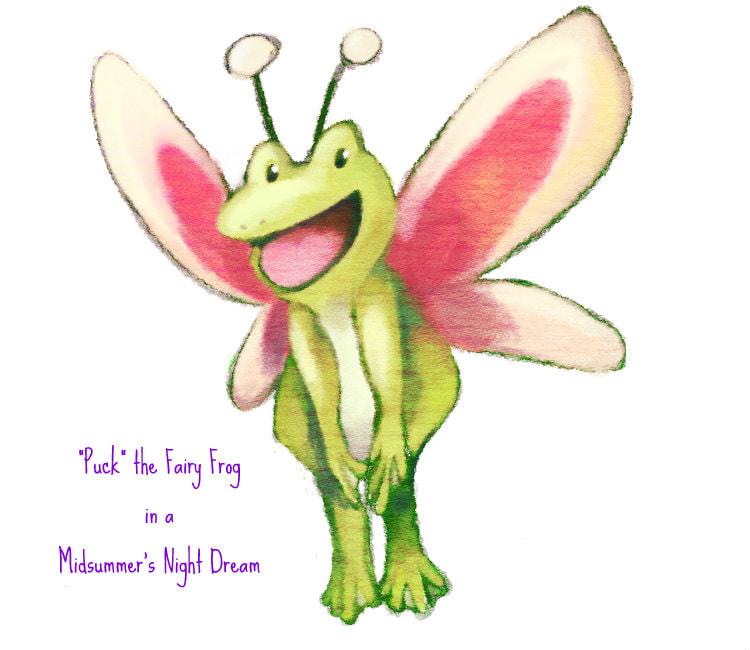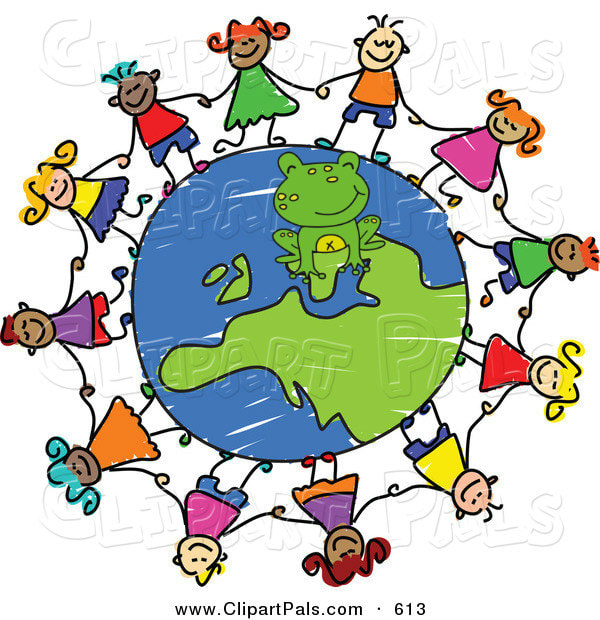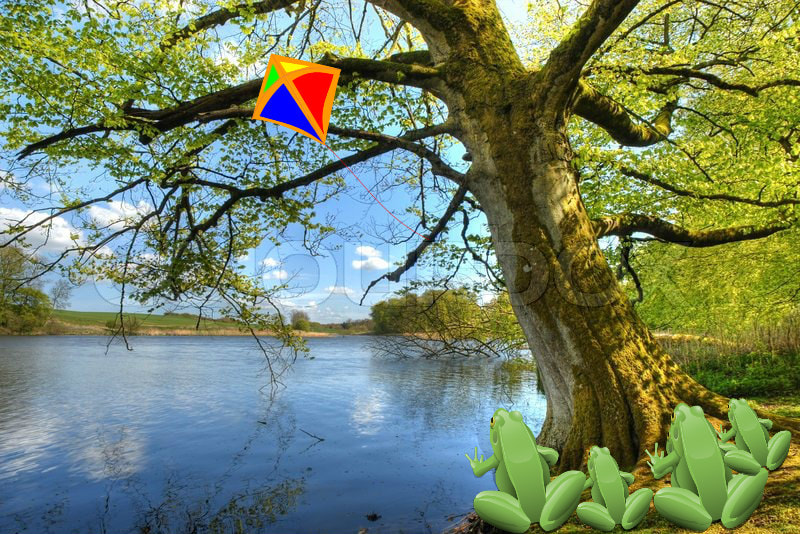APRIL CALENDAR OF SPECIAL DAYS
1. Easter, April Fool's Day, National One Cent Day, Poetry and Creative Minds Day, Saint Stupid Day
2. National Ferret Day, National Peanut Butter and Jelly Day, National Reconciliation Day, International Children's Book Day
3. National Film Score Day, World Party Day. National Find a Rainbow Day, National Tweed Day, Don't Go to Work Unless It's Fun Day
4. National Hug a Newsperson Day, National School Librarian Day, National Walk Around Things, Childhelp National Day of Hope, World Rat Day
5. National Caramel Day, National Go For Broke Day, National Read a Road Map Day
6. Walk to Work Day, National Sorry Charlie Day, National Student Athlete Day, National Teflon Day
7. National Girl Me Too Day, National Handmade Day, National No Housework Day, National Love Our Children Day, World Health Day, International Pillow Fight Day
8. National All Is Ours Day, Buddha Day, Trading Cards For Grown-Ups Day, Draw a Bird Day
9. National Cherish An Antique Day, Jumbo Day, National Name Yourself Day
10. National Encourage a Young Writer Day, National Farm Animals Day, National Siblings Day, National Equal Pay Day, Be Kind To Lawyers Day, Library Day
11. National Barbershop Quartet Day, National Eight Track Tape Day, National Pet Day, National Bookmobile Day
12. National Big Wind Day, National Grilled Cheese Sandwich Day, Walk On Your Wild Side Day
13. National Make Lunch Count Day, National Scrabble Day, National Blame Someone Else Day, National Donate Life Blue And Green Day,
14. International Moment of Laughter Day, National Gardening Day, National Reach As High As You Can Day, Dolphin Day, Slow Art Day
15. National Rubber Eraser Day, National Take a Wild Guess Day, National Taxi Day, National Titanic Remembrance Day, World Art Day (Leonardo da Vinci's Birthday)
16. National Orchid Day, National Bean Counter Day, National Healthcare Decisions Day, National Wear Your Pajamas To Work Day, Save The Elephant Day
17. Bat Appreciation Day, National Ellis Island Family History Day, National Haiku Poetry Day, Herbalist Day, Blah, Blah Blah Day
18. National Animal Crackers Day, National Linemen Appreciation Day, Amateur Radio Day
19. National Garlic Day, National Hanging Out Day, National High Five Day, National Bicycle Day
20. National Lima Bean Respect Day, National Look Alike Day, Day of Silence, Chinese Language Day
21. National Kindergarten Day, National Record Store Day, Bulldogs are Beautiful Day
22. Earth day, National Girl Scouts Day, National Jelly Bean Day, Dance Day, Global Selfie Day
23. National Lost Dog Awareness Day, National Picnic Day, National Take a Chance Day, National Talk Like Shakespeare Day, Movie Theater Day, English Muffin Day
24. National Pigs In a Blanket Day, National Teach Children To Save Day
25. National DNA Day, National East Meets West Day, National Hug a Plumber Day, National Telephone Day, International Macaroni Day, License Plates Day, Golf Day
26. National Audubon Day, National Kids And Pets Day, National Help a Horse Day, National Pretzel Day, National Richter Scale Day, National take Our Sons And Daughters To Work Day
27. National Devil Dog Day, National Babe Ruth Day, National Tell a Story Day, National Arbor Day, National Hairball Awareness Day, Denim Day, Little Pampered Dog Day, Morse Code Day
28. National Kiss Of Hope Day, National Bravehearts Day, National Great Poetry Reading Day, Superhero Day, Save The Frogs Day, Eeyore's Birthday, Sense Of Smell Day, World Veterinarian Day
29. National Zipper Day, National Pet Parents Day, World Wish Day, International dance Day
30. Bugs Bunny Day, Honesty Day, International Jazz Day, National Adopt a Shelter Pet Day, National Hairstylist Appreciation Day
Is that a LONG list of things to celebrate, or what? If I were to celebrate everything I wanted to, why I'd have no time to do anything else! And I'd go broke, besides. But, i will narrow down my list to a reason number, then hop off to the Lily Pad Party Store for all my supplies. I wish you all a Hoppy Easter and an Egg-sta special weekend. See y'all back here on Monday!










 RSS Feed
RSS Feed